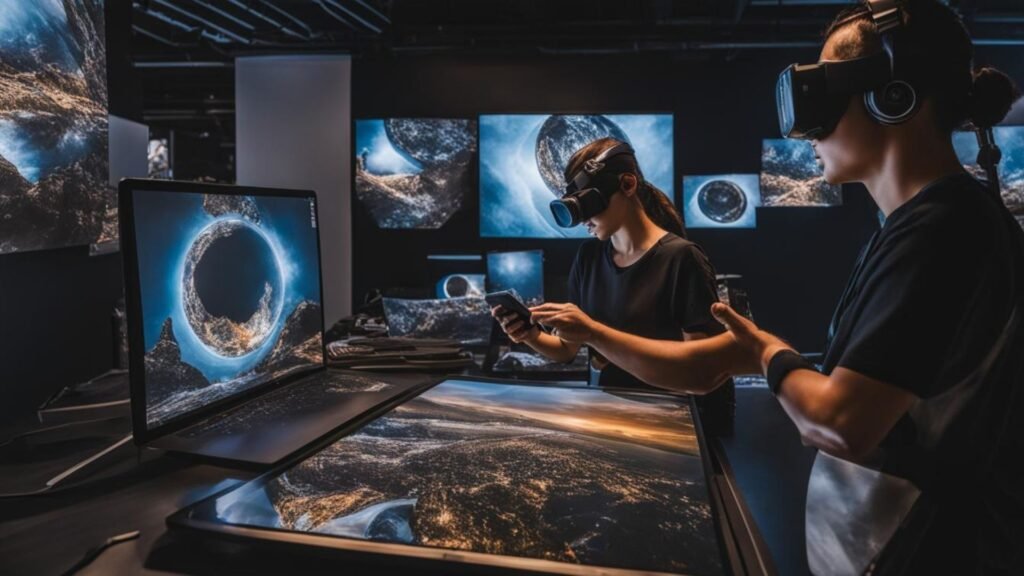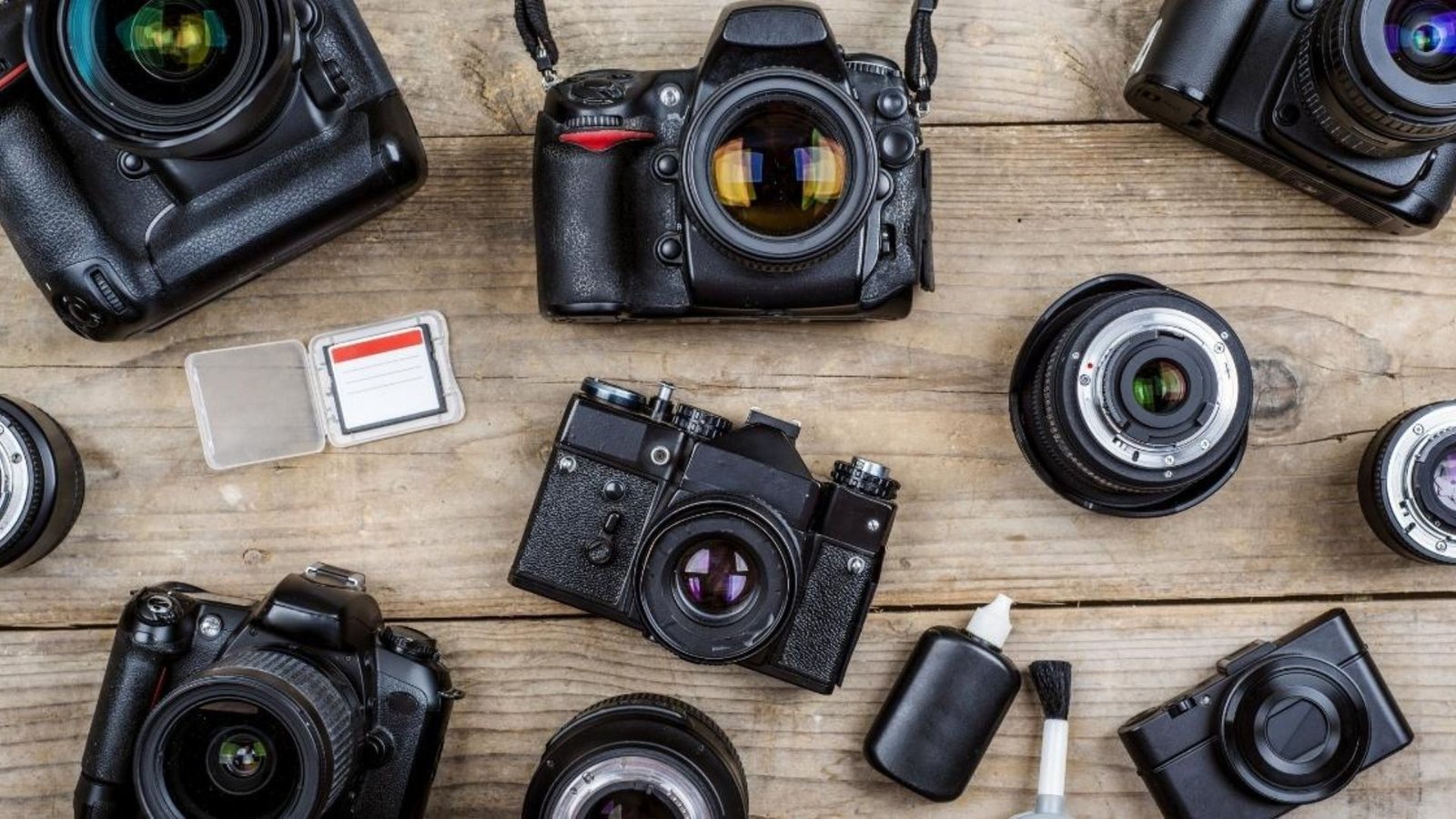Photography has evolved significantly with the advent of new technologies, enhancing the way images are captured, edited, and shared. From AI-driven innovations to advancements in camera hardware, these technological strides are shaping the future of photography. Here’s a look at the latest developments in the field.

AI-Powered Editing Tools
Smarter and Faster Post-Processing Artificial Intelligence (AI) has made a major impact on photography, particularly in the realm of photo editing. Tools like Adobe Photoshop and Lightroom now incorporate AI algorithms that automatically enhance images, making post-processing faster and more intuitive. Features such as sky replacement, object removal, and facial recognition are just a few examples of how AI is transforming the editing process, allowing photographers to achieve professional results with ease.
Mirrorless Cameras
The Future of Camera Design Mirrorless cameras have rapidly gained popularity, offering a compact, lightweight alternative to traditional DSLR cameras. These cameras eliminate the mirror mechanism found in DSLRs, resulting in faster shooting speeds, quieter operation, and more accurate autofocus. Advances in sensor technology within mirrorless systems have also improved image quality, making them a top choice for both amateur and professional photographers.
Computational Photography
Enhancing Image Quality with Algorithms Computational photography is another groundbreaking area where technology is making a difference. This technique uses algorithms to process and enhance images, often combining multiple shots to create a single, high-quality photograph. Smartphones, in particular, have benefited from computational photography, enabling features like HDR (High Dynamic Range), portrait mode, and night mode that rival those of traditional cameras.
8K and 360-Degree Photography
Pushing the Boundaries of Resolution and Perspective As camera technology continues to advance, so does the ability to capture images with unprecedented detail and perspective. 8K photography offers ultra-high resolution, allowing photographers to crop and zoom without losing quality. Meanwhile, 360-degree photography has opened new possibilities for immersive experiences, enabling viewers to explore scenes from every angle. These technologies are particularly useful in fields such as virtual reality, real estate, and tourism.
Wireless Connectivity and Cloud Integration
Streamlining the Workflow Wireless connectivity has become a standard feature in modern cameras, allowing photographers to transfer images directly to their smartphones or cloud storage. This integration streamlines the workflow, enabling instant sharing and backup of photos. Additionally, cloud-based editing tools provide photographers with the flexibility to work on their images from any device, ensuring that they can maintain their creative process on the go.
Drones and Aerial Photography
Capturing New Perspectives Drones have revolutionized photography by providing the ability to capture aerial images from unique perspectives that were once only possible with helicopters or cranes. Advances in drone technology, including improved stabilization, longer battery life, and higher-resolution cameras, have made aerial photography more accessible and affordable. This has opened up new creative possibilities for photographers in fields such as landscape, real estate, and event photography.
Conclusion
The latest technological advances in photography are transforming the way images are captured, edited, and shared. From AI-powered editing tools and mirrorless cameras to computational photography and drones, these innovations are pushing the boundaries of what’s possible in the world of photography. As technology continues to evolve, photographers can expect even more exciting developments that will further enhance their creative potential and the quality of their work.










